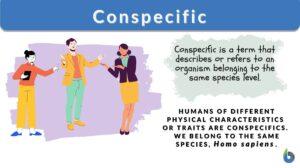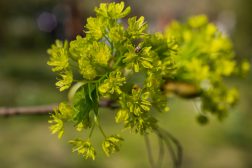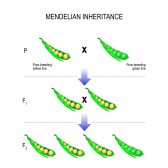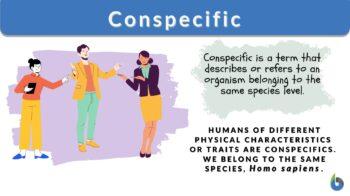
Conspecific
adj., n. [ˌkɒnspɪˈsɪfɪk]
Definition: (of organisms) belonging to the same species; an organism from the same species
Table of Contents
Biodiversity is divided into different hierarchical levels in order to study them in a systematic way. Whether it be a plant, animal, bacteria, or virus, biological life is very diverse. Having so many characters to list and comprehend, one biologist can’t do anything if such a hierarchy-based system isn’t in place.
Hence, taxonomic classification systems were designed for all forms of life. The highest level of this hierarchy is usually the kingdom, followed by phylum (in animals) or division (in plants), further followed by class, order, family, genus, and finally species. These are the most widely accepted hierarchical levels of taxonomic ranks in the field of taxonomy.
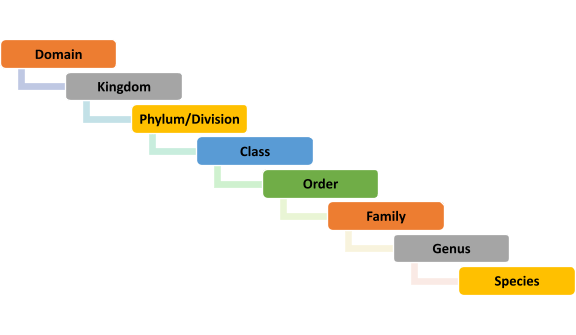
We all know that at one taxonomic level, there exists a number of individuals and groups. For such a group of individuals at the “species-level”, a special term has been allocated. Can you guess what that term could be? Yes, this term is conspecific. Let’s get you equipped by the meaning, usage, and relevance of this term in biodiversity studies.
Conspecific Definition
Species is officially the lowest taxonomic rank in biological classification systems. Although we observe the usage of terms like sub-species, varieties, cultivars, chemotypes, and so on, all these aren’t recognized as taxonomically established ranks. So, when someone asks what conspecific means in biology, we can explain it as “a term to describe individuals belonging to the same species level”. In other words, conspecific can be explained as “a concept of belonging to the same hierarchical level of species”. (What does conspecific mean in psychology? The answer to this question is no different than what conspecific means in biology.)
Conspecific is a term used to describe individuals belonging to the same species level. For example, Copperband Butterflyfish is a territorial species. It is likely to fight with conspecifics, especially in small community tanks.
Etymology: Origin: Latin con- (with) + specific. Compare: heterospecific
Now that we know how to define conspecific, let’s understand the usage of this term by quoting some relevant examples.
Conspecific species
What are conspecific species? Members of the same species, the lowest taxonomic rank in any kingdom in biology, are called conspecific species. These are also referred to as “conspecifics”. These conspecifics can be two or more taxa, varieties, or populations of organisms.
Difference between Conspecific, Intraspecific, and Infraspecific
Some people are often confused between terms like conspecific, intraspecific, and intraspecific. Let’s get this clear for you before learning examples for conspecific species or conspecifics.
- Conspecific may be used as a noun or an adjective to refer to organisms belonging to the same species.
- Intraspecific is generally used as an adjective to describe that which occurs within the same species level, such as ‘intraspecific competition‘ (a competition within the same species) as opposed to ‘interspecific competition‘ (a competition between two different species).
- Infraspecific is also an adjective used to describe or pertain to taxa below the species level, such as subspecies, strains, and varieties. An example of its usage is the term ‘infraspecific epithet’, which, in botany, is a part of the scientific name of an infraspecific taxon, particularly of plants and fungi.
Difference between Conspecific species and Allospecific species
As already noted, conspecific species are those that belong to the same species. Allospecific species, in turn, are those that belong to different species.
There are many cultivars of oranges that have been developed for different traits across the world. All these cultivars are conspecifics or conspecific species. For example, Cara Cara red-fleshed navel orange is a cultivar of orange (Citrus sinensis). Blood orange or raspberry orange is another variety of orange (Citrus sinensis). Both of them belong to the same species, Citrus sinensis), thus, these two are conspecific species.
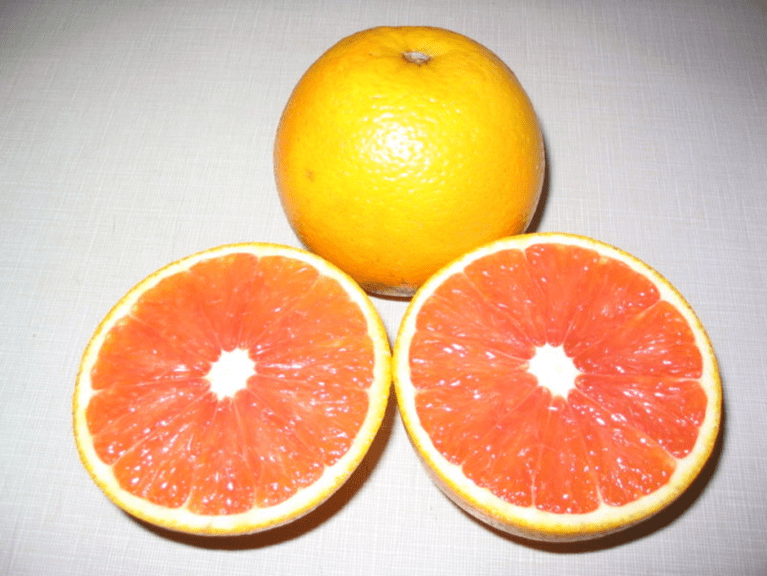 |  |
| “Cara Cara orange” is a cultivar of Citrus sinensis. It is a conspecific species to “Blood orange” which is another variety of Citrus sinensis. Photo Credit: WLU | Blood orange, also referred to as raspberry orange is another variety of Citrus sinensis. It is a conspecific species with cara cara orange. Photo Credit: Silentcynic |
| Figure 2: Cara Cara orange and Blood orange – conspecific species | |
Conspecific Examples
Let’s list examples to give a clearer picture of the meaning of conspecific to you.
1. Worker bees of the honey bee species “Apis mellifera” are conspecific.
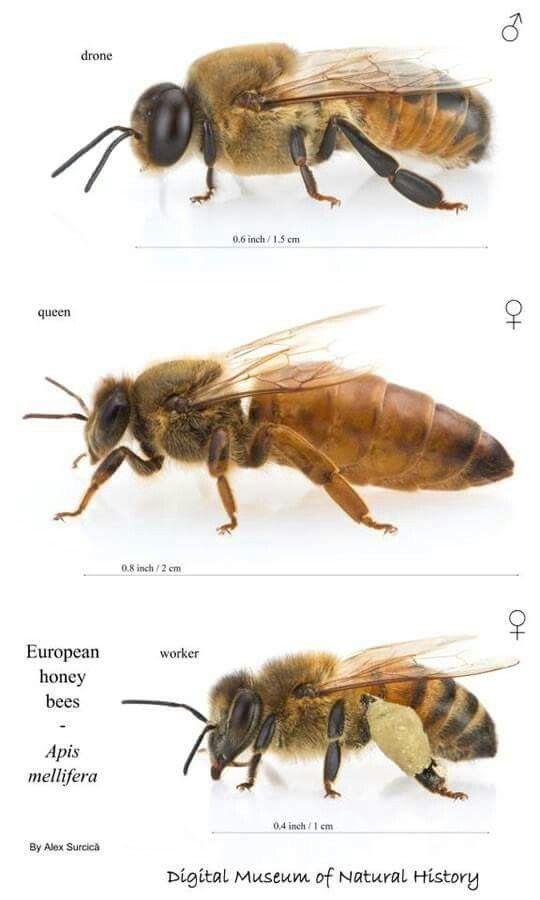
2. Conspecific song preference in birds like “swamp sparrow” (Melospiza georgiana)
This is a special ability that helps certain birds in distinguishing their own species syllables and their conspecific song. This aids a female in selecting the male of the same species. This also helps a young male of the species to identify a seasoned, conspecific tutor for his vocal learning.
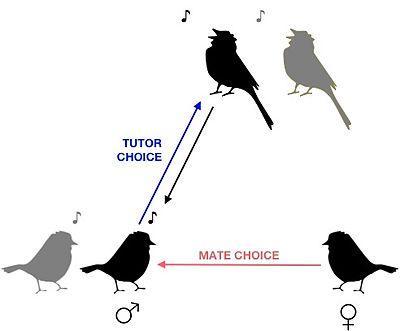
3. There is a concept of Vomeronasal Organ System abbreviated as VNO System that mediates a mechanism of Sick Conspecific Avoidance. In simple words, rodents possess an intrinsic mechanism to avoid sick or disease-inflicted conspecific individuals. This is a type of pathogen-evading mechanism or behavioral strategy of social species. This type of conspecific avoidance in rodents is induced via ‘olfactory cues’ that the sick conspecific individual emits.
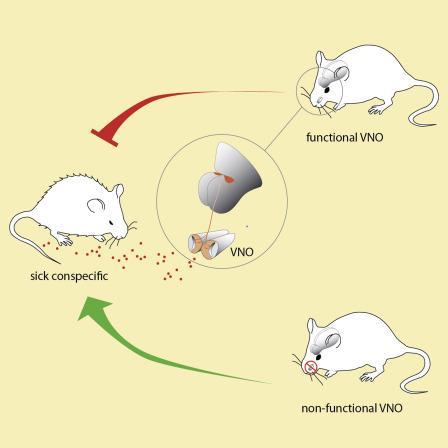
Try to answer the quiz below to check what you have learned so far about conspecific.
References
- Kochhann D. (2018) Conspecifics. In: Vonk J., Shackelford T. (eds) Encyclopedia of Animal Cognition and Behavior. Springer, Cham. https://doi.org/10.1007/978-3-319-47829-6_686-1
- Stephen G. Downs, Francis L. W. Ratnieks, Adaptive shifts in honey bee (Apis mellifera L.) guarding behavior support predictions of the acceptance threshold model, Behavioral Ecology, Volume 11, Issue 3, May 2000, Pages 326–333, https://doi.org/10.1093/beheco/11.3.326
- Lachlan, R. F., Anderson, R. C., Peters, S., Searcy, W. A., & Nowicki, S. (2014). Typical versions of learned swamp sparrow song types are more effective signals than are less typical versions. Proceedings. Biological sciences, 281(1785), 20140252. https://doi.org/10.1098/rspb.2014.0252
- Boillat, M., Challet, L., Rossier, D., Kan, C., Carleton, A., & Rodriguez, I. (2015). The vomeronasal system mediates sick conspecific avoidance. Current biology: CB, 25(2), 251–255. https://doi.org/10.1016/j.cub.2014.11.061
©BiologyOnline.com. Content provided and moderated by Biology Online Editors.

